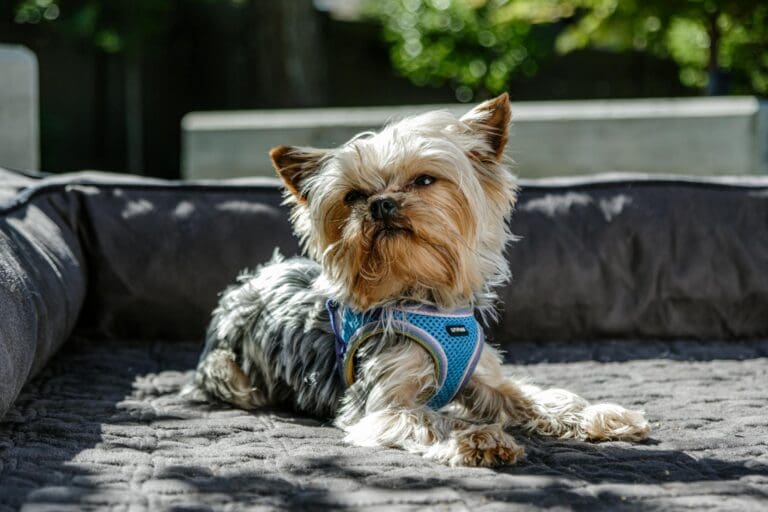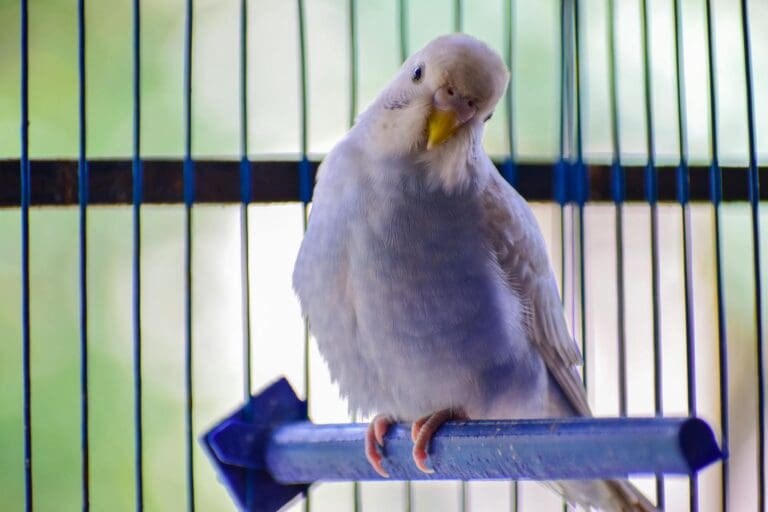Grooming your dog is not just about maintaining their appearance—it’s an essential part of ensuring their overall health and well-being. From preventing infections to promoting healthy coat growth, proper grooming techniques and routines are vital for every dog owner.
In this article, we will explore the top ten tips to help you master your dog’s grooming, tailored to meet the specific needs of various breeds and coat types.
10. Keep Your Grooming Area Clean and Hygienic
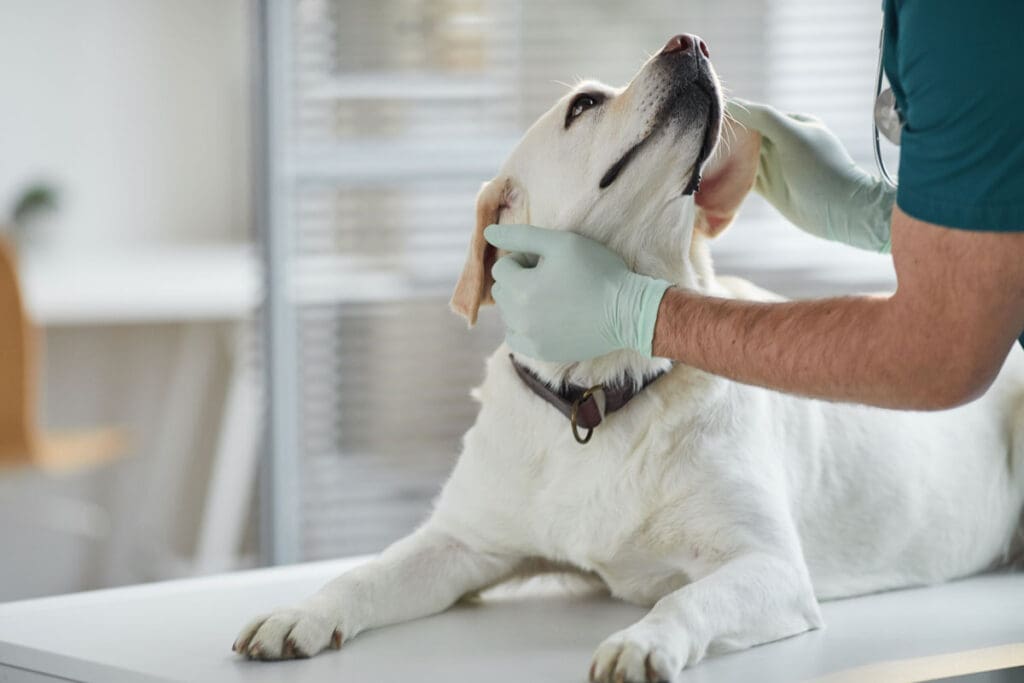
Maintain a spotless grooming area to ensure your dog’s health. Regularly disinfect surfaces, tools, and equipment using pet-safe cleaning products. Create a cleaning schedule for daily, weekly, and monthly tasks. Properly dispose of pet waste and hair, and ensure good ventilation to reduce odors and airborne particles. A clean environment promotes both pet and groomer well-being.
9. Address Specific Breed Needs
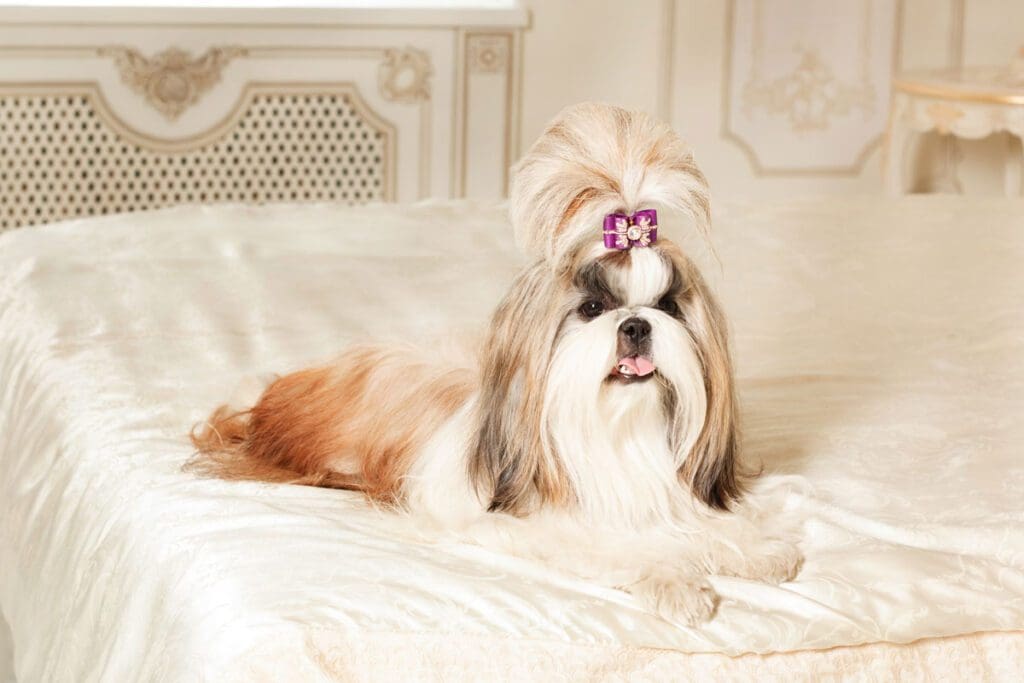
Different dog breeds have unique grooming requirements. Long-haired breeds like Shih Tzus need daily brushing to prevent matting, while short-haired breeds like Beagles require less frequent grooming. Double-coated breeds such as Huskies need special attention during shedding seasons. Research your dog’s breed-specific needs to ensure proper care and maintain their coat health.
8. Establish a Grooming Routine
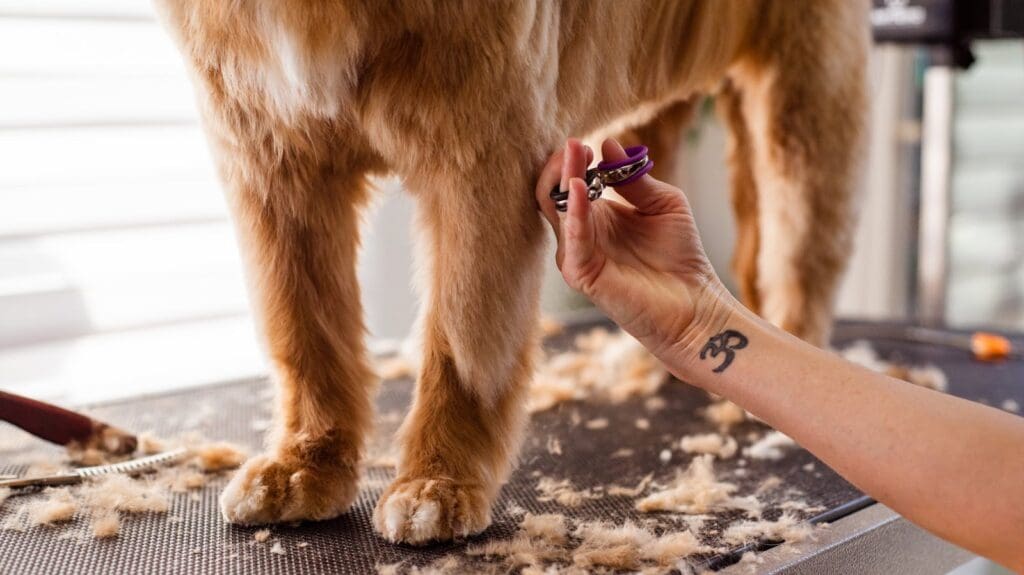
Set up a regular grooming schedule tailored to your dog’s breed and coat type. Long-haired breeds may need brushing 3-4 times weekly, while short-haired dogs can benefit from weekly brushing. Consistent grooming distributes natural oils, prevents matting, and allows early detection of skin issues or parasites.
7. Use the Right Grooming Tools
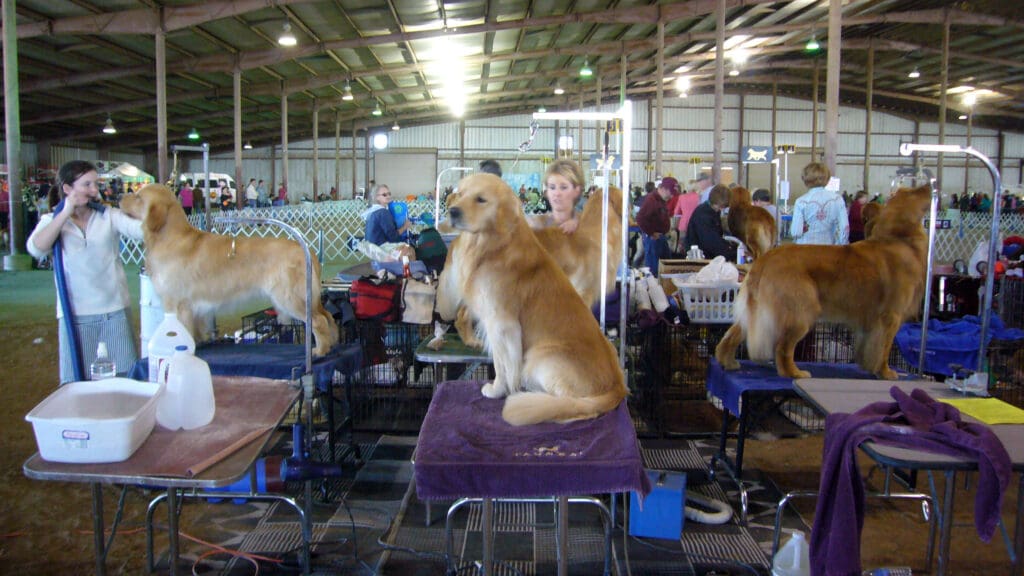
Invest in quality grooming tools tailored to your dog’s coat type. Essential items include a slicker brush for removing tangles, a de-shedding tool for double-coated breeds, and nail clippers designed for dogs. For sensitive areas, consider using a soft bristle brush or grooming wipes. Regular use of appropriate tools maintains coat health and reduces shedding.
6. Groom According to Coat Type

Different coat types require specific grooming techniques. Brush smooth coats weekly, double coats 2-3 times weekly, and long or curly coats daily to prevent matting. Use appropriate tools like slicker brushes for long coats and de-shedding tools for double coats. Adjust bathing frequency based on coat type and lifestyle.
5. Maintain Dental Hygiene
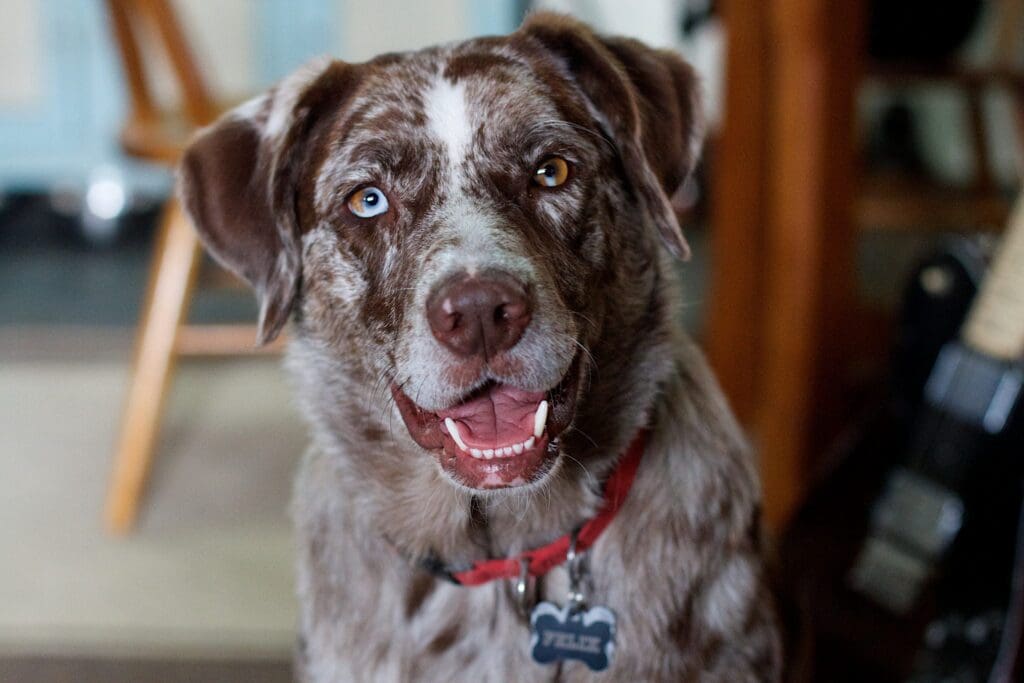
Brush your dog’s teeth regularly using canine-specific toothpaste and a soft-bristled brush. Aim for daily brushing, but even 2-3 times a week can make a difference. Offer dental chews and toys to supplement brushing. For reluctant dogs, try dental wipes or gels. Schedule annual professional cleanings with your veterinarian to prevent periodontal disease and maintain overall health.
4. Clean Your Dog’s Ears
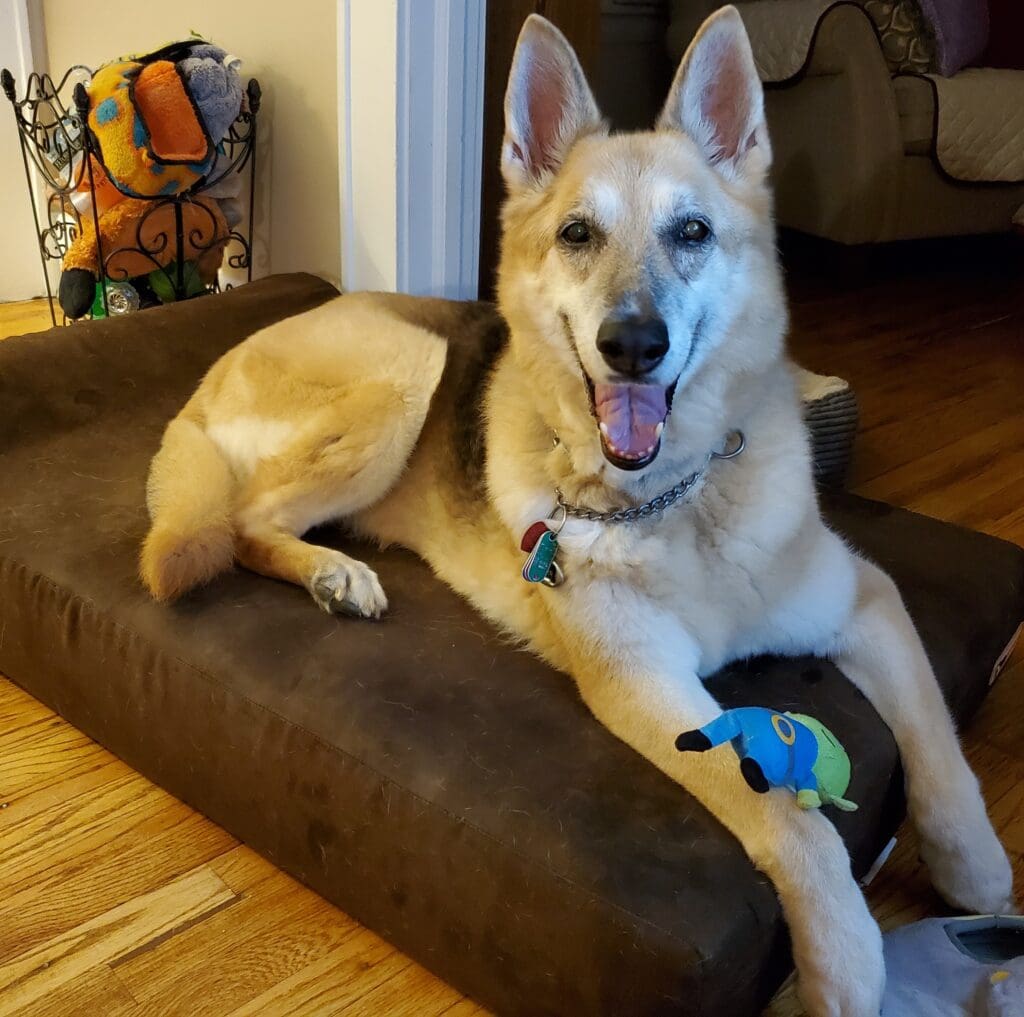
Gently fill your dog’s ear canal with a vet-approved cleaner. Massage the base for 30 seconds, then let your dog shake their head. Use cotton balls to wipe away debris, avoiding cotton swabs. Clean regularly, especially for floppy-eared breeds prone to infections. Watch for signs of irritation or excessive wax.
3. Trim Nails and Care for Paws
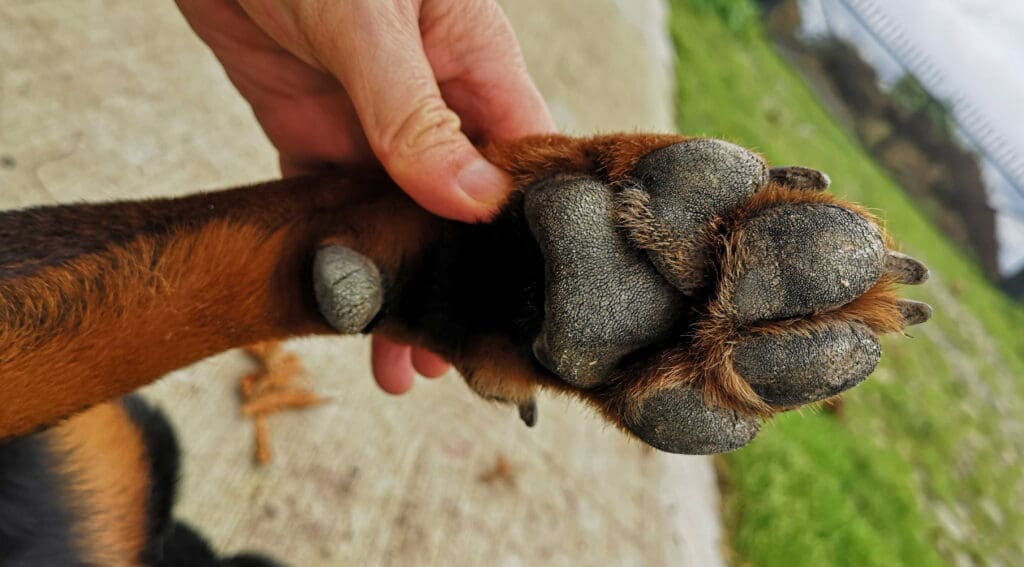
Regularly trim your dog’s nails at a 45-degree angle, avoiding the quick. Use a grinder for dark nails to prevent over-cutting. Moisturize paw pads with pet-safe balms to prevent cracking, especially in extreme weather. Massage paws to improve circulation and check for injuries. Introduce paw handling early to reduce stress during grooming sessions.
Read More: 10 Worst Shedding Dog Breeds
2. Bathe Your Dog Properly
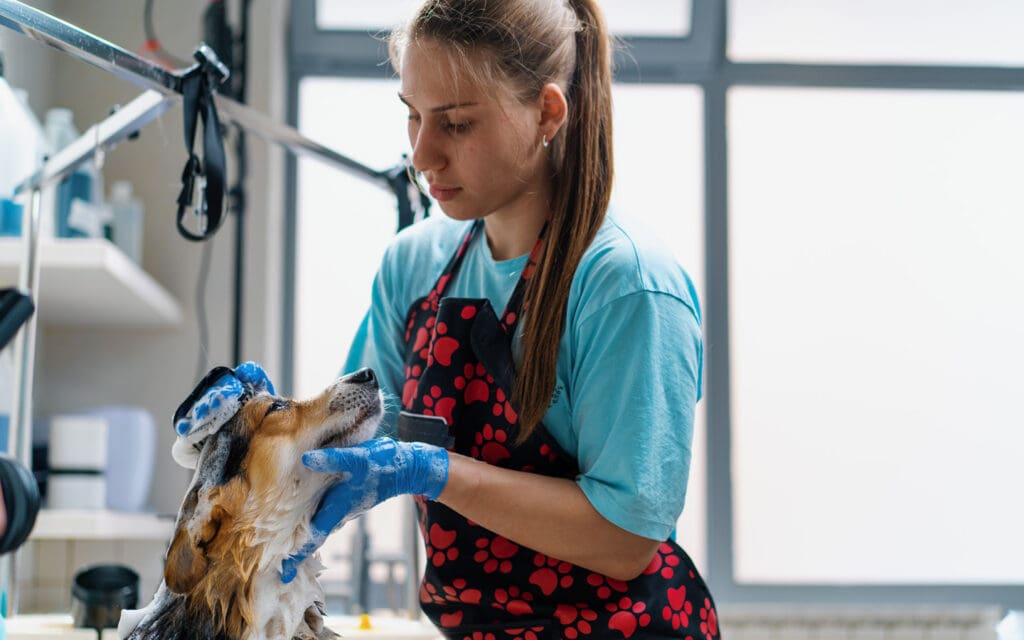
Bathe your dog every 4-6 weeks using lukewarm water and dog-specific shampoo. Start by brushing to remove tangles, then wet thoroughly, lather, and rinse completely. Avoid getting water in ears and eyes. For anxious dogs, use treats and praise to create a positive experience. Dry thoroughly to prevent skin issues.
Read More: Tips to Keep Your Dog’s Fur from Matting
1. Brush Your Dog’s Coat Regularly
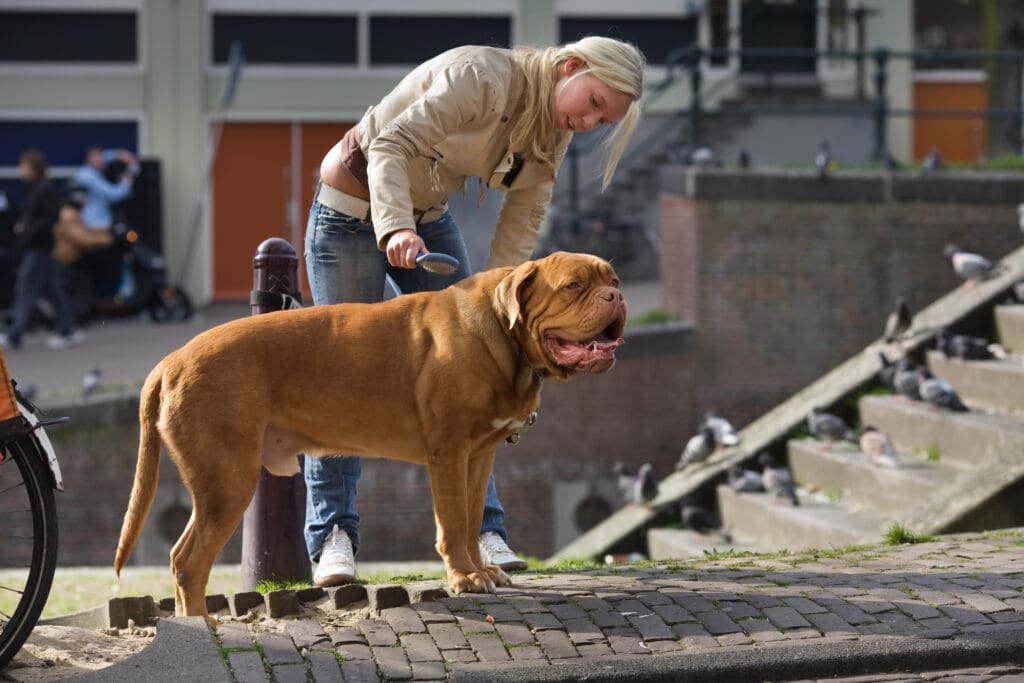
Regular brushing removes dead hair and skin cells, distributes natural oils for a healthy coat, and prevents painful matting. It also reduces shedding, keeps your dog comfortable, and serves as a bonding experience. Aim to brush short-haired dogs every few weeks and long-haired breeds at least once a week.
Read More: How to Trim Your Dog’s Nails Safely




